
Broschiertes Buch
13. März 2013
Creative Media Partners, LLC
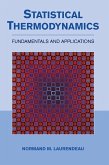
eBook, ePUB
21. November 2005
Cambridge University Press
| Broschiertes Buch | 94,99 € | |
| Gebundenes Buch | 152,99 € | |
| eBook, PDF | 67,95 € |
Ähnliche Artikel
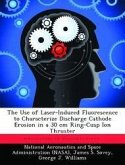
Broschiertes Buch
13. März 2013
Creative Media Partners, LLC

Broschiertes Buch
13. März 2013
Creative Media Partners, LLC
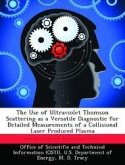
Broschiertes Buch
11. Januar 2013
Creative Media Partners, LLC

Broschiertes Buch
16. November 2012
Creative Media Partners, LLC

Broschiertes Buch
9. Oktober 2012
Creative Media Partners, LLC
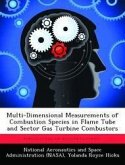
Multi-Dimensional Measurements of Combustion Species in Flame Tube and Sector Gas Turbine Combustors
Broschiertes Buch
13. März 2013
BiblioLife
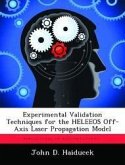
Broschiertes Buch
21. November 2012
Creative Media Partners, LLC
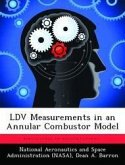
Broschiertes Buch
12. März 2013
Creative Media Partners, LLC

Broschiertes Buch
13. März 2013
Creative Media Partners, LLC
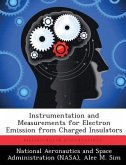
Broschiertes Buch
12. März 2013
Creative Media Partners, LLC
Ähnlichkeitssuche: Fact®Finder von OMIKRON
